A healthy approach to eating is important for everyone, and especially for those who live with diabetes and pre-diabetes. In this case, appropriate monitoring and management of diet is enormously important. There are meal-planning moves you can make to help keep diabetes under control, or avoid it all together.
According to the American Diabetes Association, the best meal-planning tool for most people with diabetes is carbohydrate counting – focusing on the total number of carbs consumed. Further, using the glycemic index (GI) may provide added benefit for achieving individual blood glucose goals. Several organizations, including the World Health Organization, endorse the use of a low GI diet to control diabetes.
The GI measures how much a carbohydrate-containing food raises blood glucose – ranked in comparison to a reference food, such as white bread. Foods that have a high GI raise blood glucose more so than foods that have a low or medium GI. Foods with a ranking of 55 or lower are classified as low GI, and include most fruits and non-starchy vegetables, whole oats, legumes and beans. Foods with a medium GI between 56 – 69 include orange juice, table sugar, quick oats, whole wheat and pita breads, and brown rice. Foods with a high GI fall at 70 or above and include white breads and bagels, pretzels, rice cakes, popcorn, white potatoes and white rice.
NuGo Slim protein bars were tested to have a glycemic index of only 24, which is lower than other low sugar, high protein bars. Use these five lists to find many low glycemic foods, or lookup the glycemic index for a food using the Glycemic Index Database.



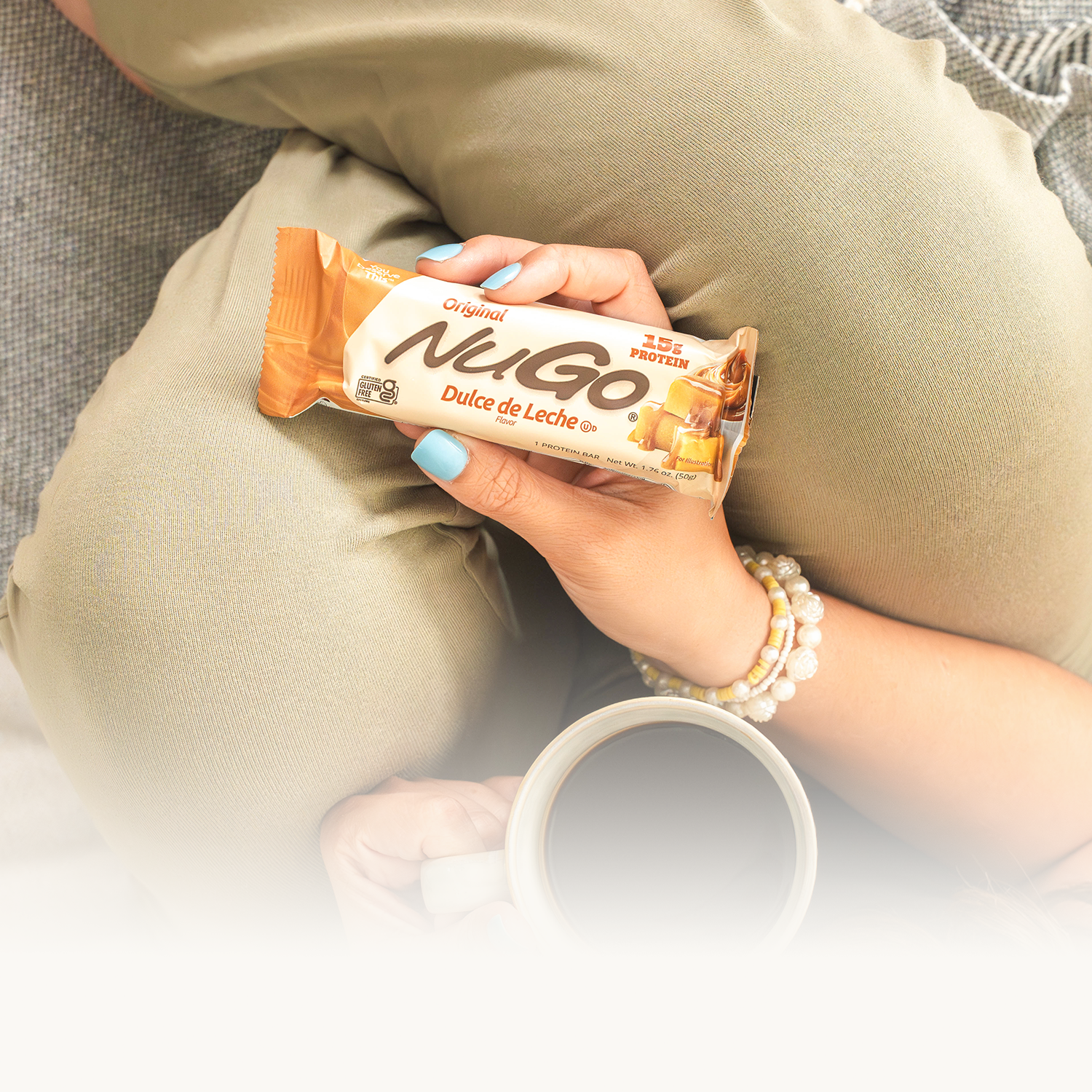
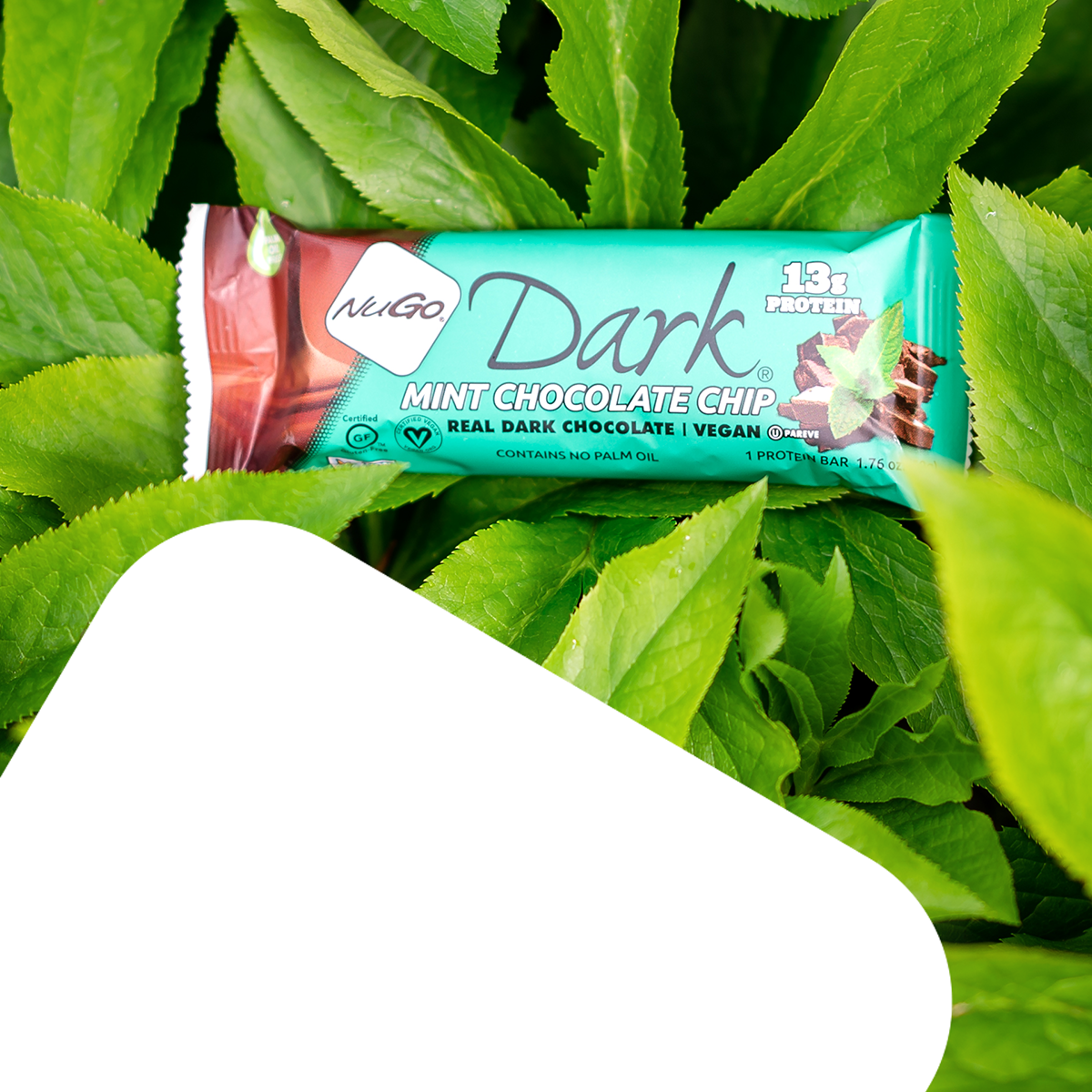
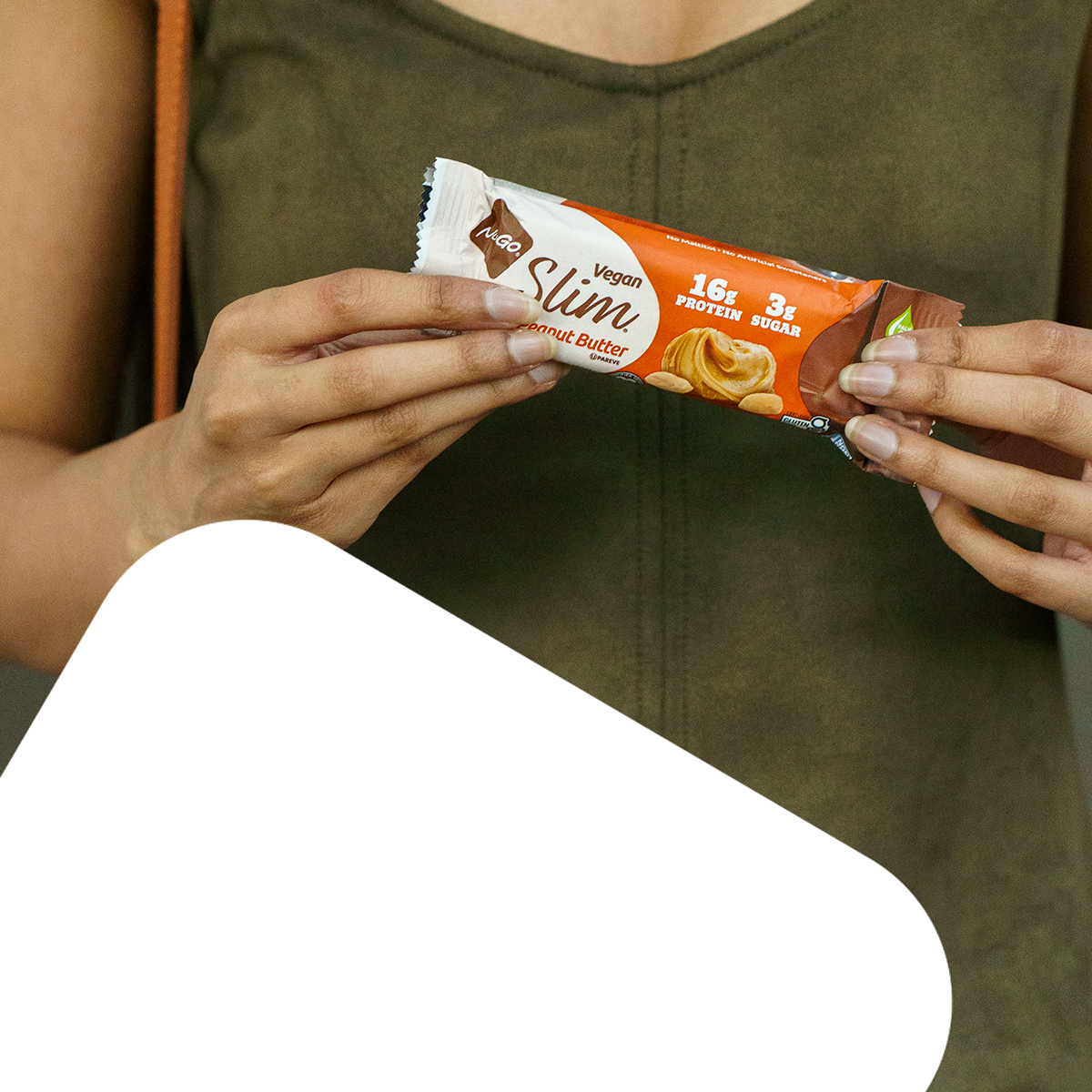
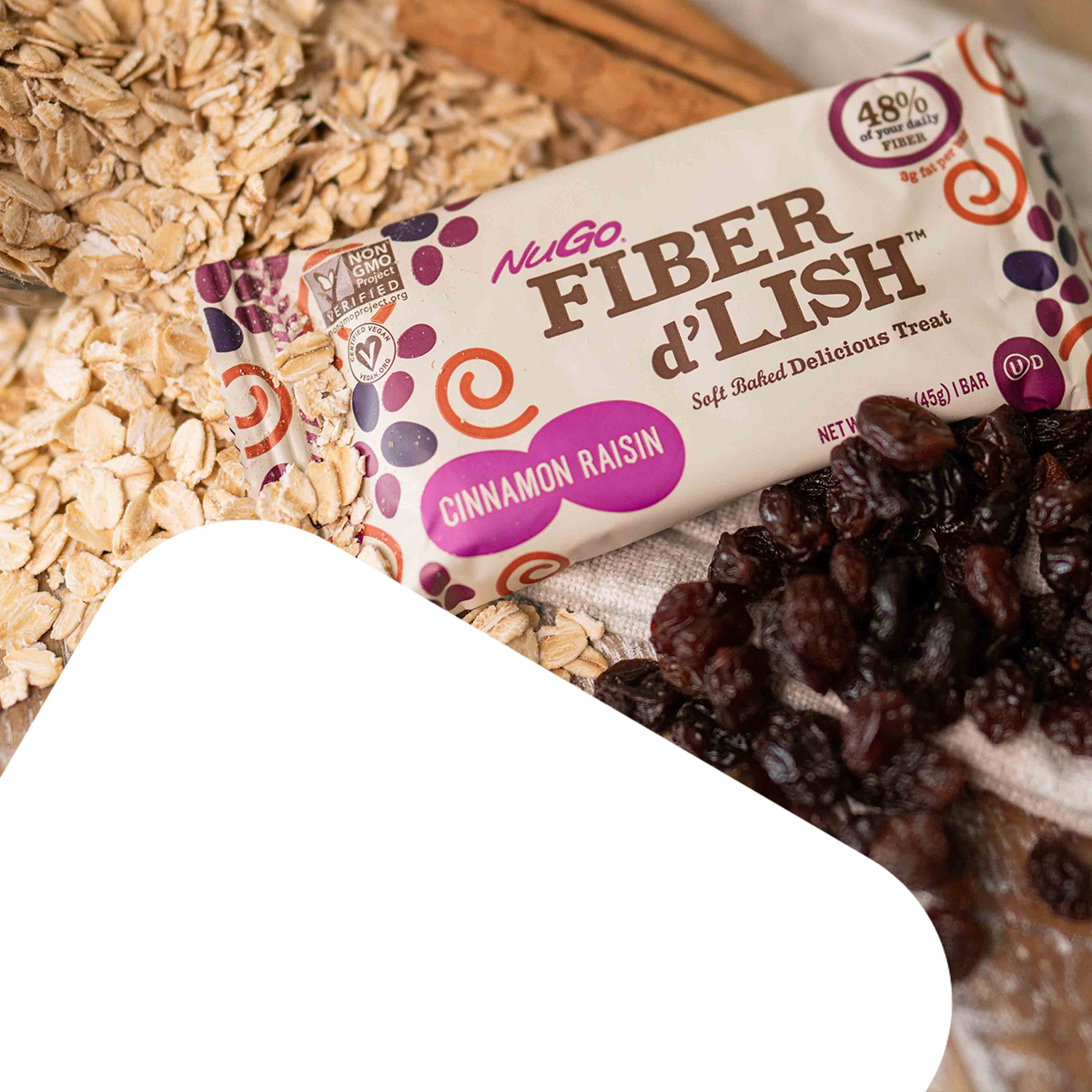

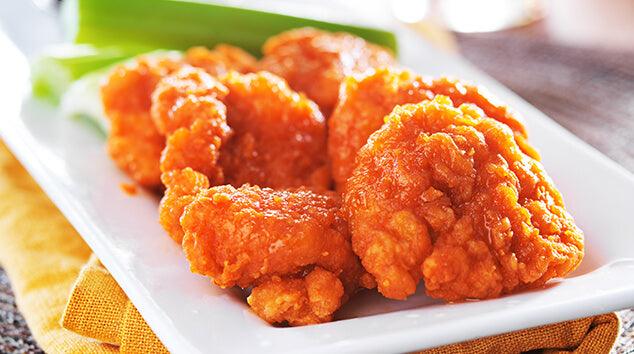

Leave a comment
This site is protected by hCaptcha and the hCaptcha Privacy Policy and Terms of Service apply.